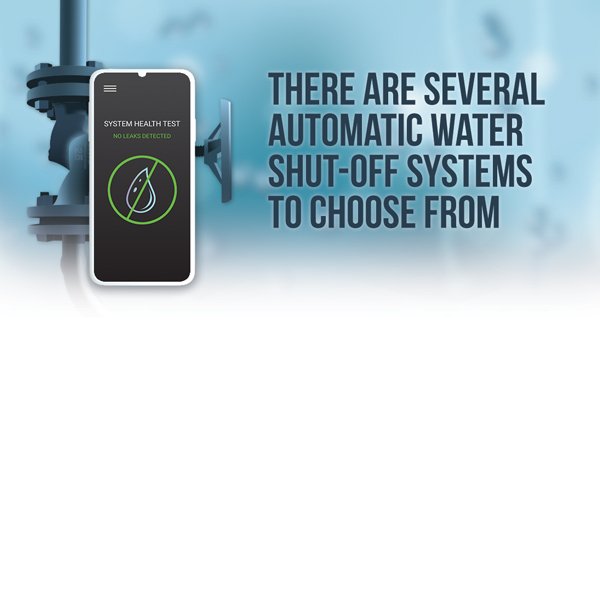
An Escape Artist Lives in Your Home
May 12, 2021
Water damage is one of the most common claims in the insurance industry, yet one of the least discussed. Until this year’s Texas freeze, we rarely saw a story making headlines about a pipe bursting in the home. Yet year over year, water losses are the leading cause of avoidable homeowner claims in the U.S. A homeowner is roughly five times more likely to experience a non-weather-related water loss to their home than theft. Most homeowners protect against losses by fire and burglary by installing a centrally monitored system, and many even protect against electrical failures by purchasing and installing surge protectors. But many homeowners allow themselves to go unprotected against much more common water loss.
Specifically, plumbing supply system failure remains the number one source of residential water losses. Water leaking from old or broken pipes and water line hoses or plastic fasteners can cause major damage to your home. It is often hidden from sight, as it occurs at the back of your washing machine, refrigerator ice maker, water heater, dishwasher, or even your toilet. Often, the water has been leaking for a period of time before noticed. It is a sneaky escape artist.
Claims Study
Water runs for five days and severely damages a home. The great room and kitchen need to be gutted due to damage to the walls, flooring, custom cabinetry, and appliances. The water also damages the finished basement, including the heating and cooling equipment, laundry room, and electrical systems. The standing water and humidity cause condensation throughout the home. The total damage, including additional living expenses for moving out of the home for several months, totals $700,000.
Water shut-off devices can prevent or mitigate water losses
The most effective way for homeowners to reduce the potential of a loss is to install an automatic water shut-off device. The device is fairly inexpensive, with the costs varying by vendor and plumber. The device consistently monitors the water flow and pressure going through your home and can determine leaks or potential threats on its own. The system will automatically shut off the water when an abundance of escaping water is detected.

- PHYN www.phyn.com
- FLO www.meetflo.com/pages/partner-pure
- LEAK DEFENSE www.leakdefensesystem.com
- FLOLOGIC www.flologic.com
- WATER HERO INC www.waterheroinc.com
Here are some points to ponder
- The homeowners’ deductible may be more than the cost of the device, so spend the money now. – The cost of this device can vary from $550 to $1700, but most homeowners’ deductibles are $1000. Spending the money now to protect from a water loss can save you from experiencing a more significant loss down the road in both time and money.
- What would your world look like if you were misplaced for a significant period of time due to water damage? – As the saying goes, “There’s no place like home.” Living away from home for an extended period of time can be a huge disruption to your daily life, on top of the major loss of your home or possessions. The average displacement from a water loss is over three months, and depending on the severity, it can take longer to repair the damages to your home and your possessions.
- Many insurance companies (PURE, Chubb, AIG, to name a few) offer discounts associated with device protection. – These discounts vary by company and device. Check with your broker or homeowners’ insurance carrier to determine their discount. Additionally, many insurance carriers offer a discount to the homeowners’ policy for having a monitored water shut-off system with an alarm.
- Insurance carrier requirements are changing. – For many insurance carriers, a shut-off device is required on homes insured for more than a certain reconstruction limit (e.g., $2 million). We also are now seeing it required on high-value secondary homes. It is always a good idea to check with your broker for adequate protection before buying a new home, completing a new home build, or finishing a major remodel.
Your broker is here to help. Please do not hesitate to reach out to Parker, Smith & Feek’s Private Client Group to discuss finding the right system for you.
Resources & References
- Top Water Loss Claims And Damages For Homeowners.
The Insurance Loft - How to Detect Water Leaks in Your Home.
The Washington Post - 6 Common Misconceptions about Water Damage.
Steam Labs
The views and opinions expressed within are those of the author(s) and do not necessarily reflect the official policy or position of Parker, Smith & Feek. While every effort has been taken in compiling this information to ensure that its contents are totally accurate, neither the publisher nor the author can accept liability for any inaccuracies or changed circumstances of any information herein or for the consequences of any reliance placed upon it.



